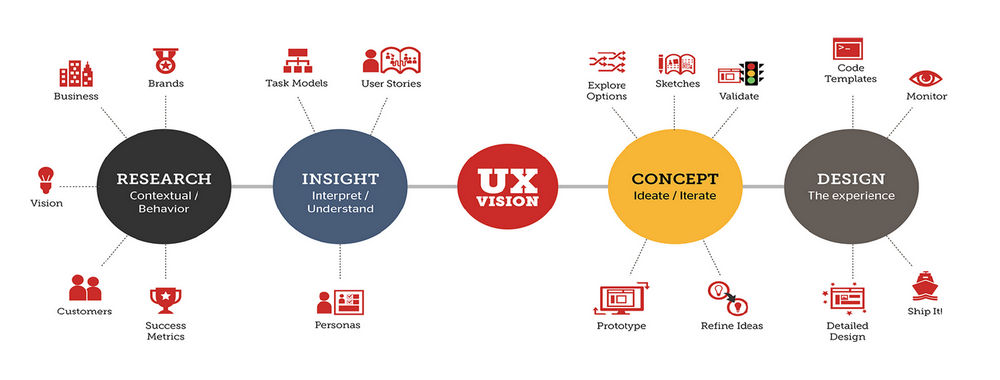7 ways a product leader needs to advocate for user research
We can make design suck less by choosing to value insight over ideas. Insight culture means people are trading in data, facts, anecdotes and observations over ideas.

I work with lots of product managers and designers, both in my day job and as a mentor and coach. Here are a few lessons I've learned about increasing the impact of research in a product team's cult
1. Frame product decisions as bets
I used to focus on how research increased certainty, which isn't the same as reducing uncertainty. We can't know what the future holds, but we can be more sure we're making good decisions. Kate Leto focuses on using the word "bets."
When I advocate for research these days, I focus on ensuring folks understand research makes us less wrong. We're extremely likely to be wrong, so research helps us make smarter bets. By reducing the amount of uncertainty, we can't be sure, but we can be more accurate, and that's valuable.
2. Set the problem context
As a product leader, one of the most powerful things you can do is make sure everyone understands the problem. Make ideas cheap by valuing insights. Give the problem lots of air time, and make room for insights over ideas. It's easy to mistake features with benefits as a product manager. To avoid that trap, turn to research and let research findings shape the conversation. Bring your stakeholders to your research, and drive conversations from your findings.
As a leader, your job is to provide clear and actionable context on the problem and why it matters. You can do this without the powerpoint wireframe. I promise. Put it down. Your job as a product leader is to create the conditions under which you can trust the team has done enough to look at the problem and explore a variety of answers.
3. Value insight and evidence over ideas
If you get excited about ideas, your team will key in on that and try to bring you ideas. Good decisions require evidence. Focus on how evidence ladders up to a decision. If this isn't clear, it's likely you have a lot of hunch based decisions.
As a product leader your responsibility includes being disciplined about making sure decisions are backed by insight. We can make design suck less by choosing to value insight over ideas. Insight culture means people are trading in data, facts, anecdotes and observations over ideas.
4. Facilitate a user research interview
Nothing says "this is important" like the product leader taking time to do a research interview. When's the last time you got your hands dirty helping a team get the right context on a problem by facilitating an interview? I regularly drop everything and clear a day or so and focus on helping a team facilitate research.
I do this because I love research, but it also keeps me sharp and able to make decisions based on evidence. When it's been a while, I'll ask a researcher to schedule me in. As a product leader, I need to know my customers as much as my team do. I trust them to make great decisions, but it's important they see that research matters to product leaders too.
5. Turn research into decisions
If you have evidence to make a decision, measure your results. As a product leader, research can help you make better decisions, but you're going to need to be an advocate.
Demonstrating results is a fast-track to ensuring success as a research advocate. As I've said before:
Decision making in business is all about making bets; you’re under pressure to find the right decisions with not enough information. Making sure you’re all-in on understanding the problem is the most effective way to shape your research for decision making.
Here's a great start by John Cutler on how to integrate research faster. Leverage your existing tools and integrate research into your roadmap quickly. Make sure you are arming yourself with the latest and greatest research to help shape your talking points when you present back. If research helped you get there, make sure everyone knows it.
7. Spend time with researchers
How much face time are you getting with the research team? How are you helping prioritise the issues they're facing? How do you help product people and stakeholders in the company rally around research? Think about how you can maximise the value of research by structuring time with the team.
Further reading
Here's a short list of reading to keep you inspired and working on your research skills.








